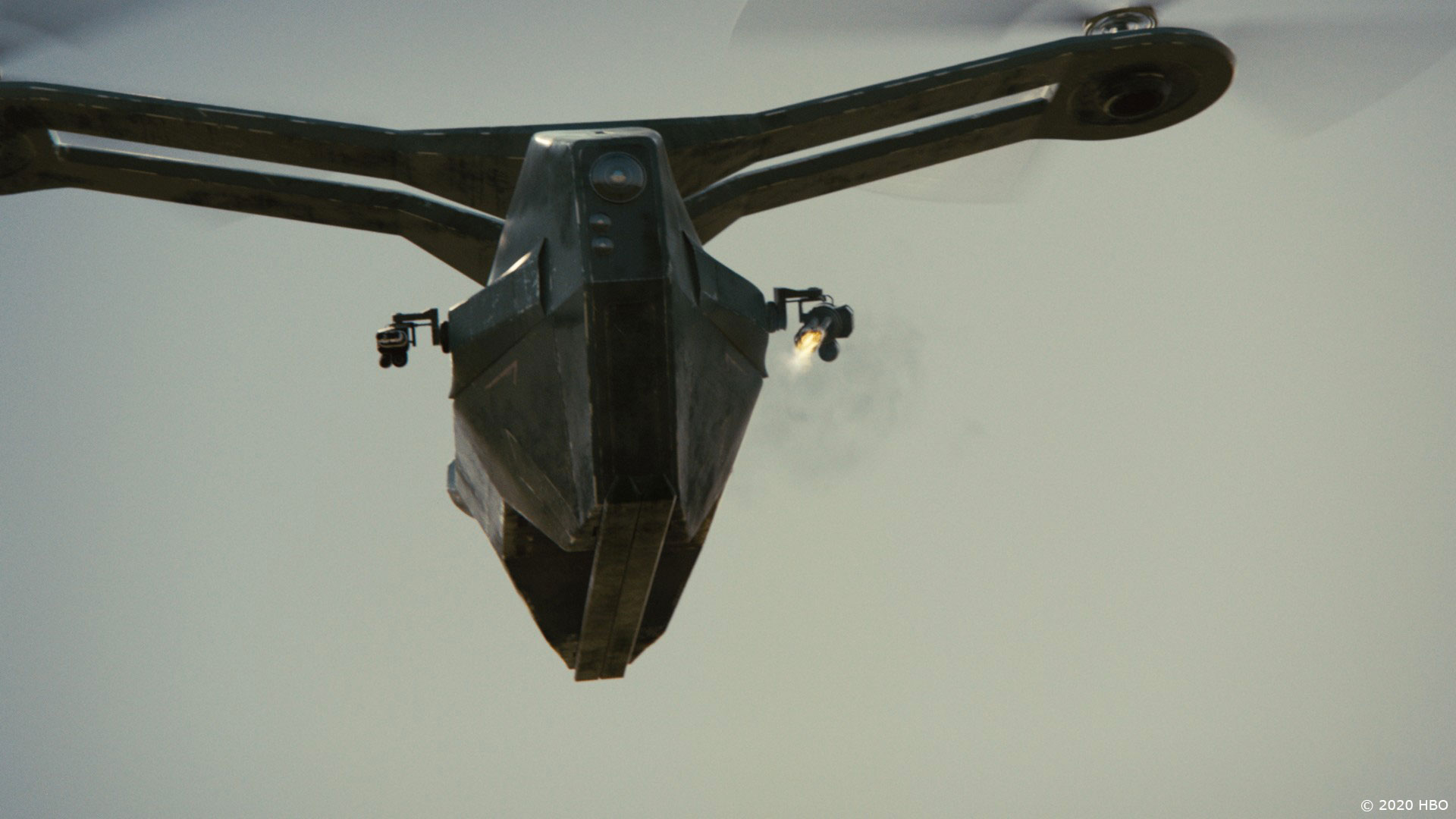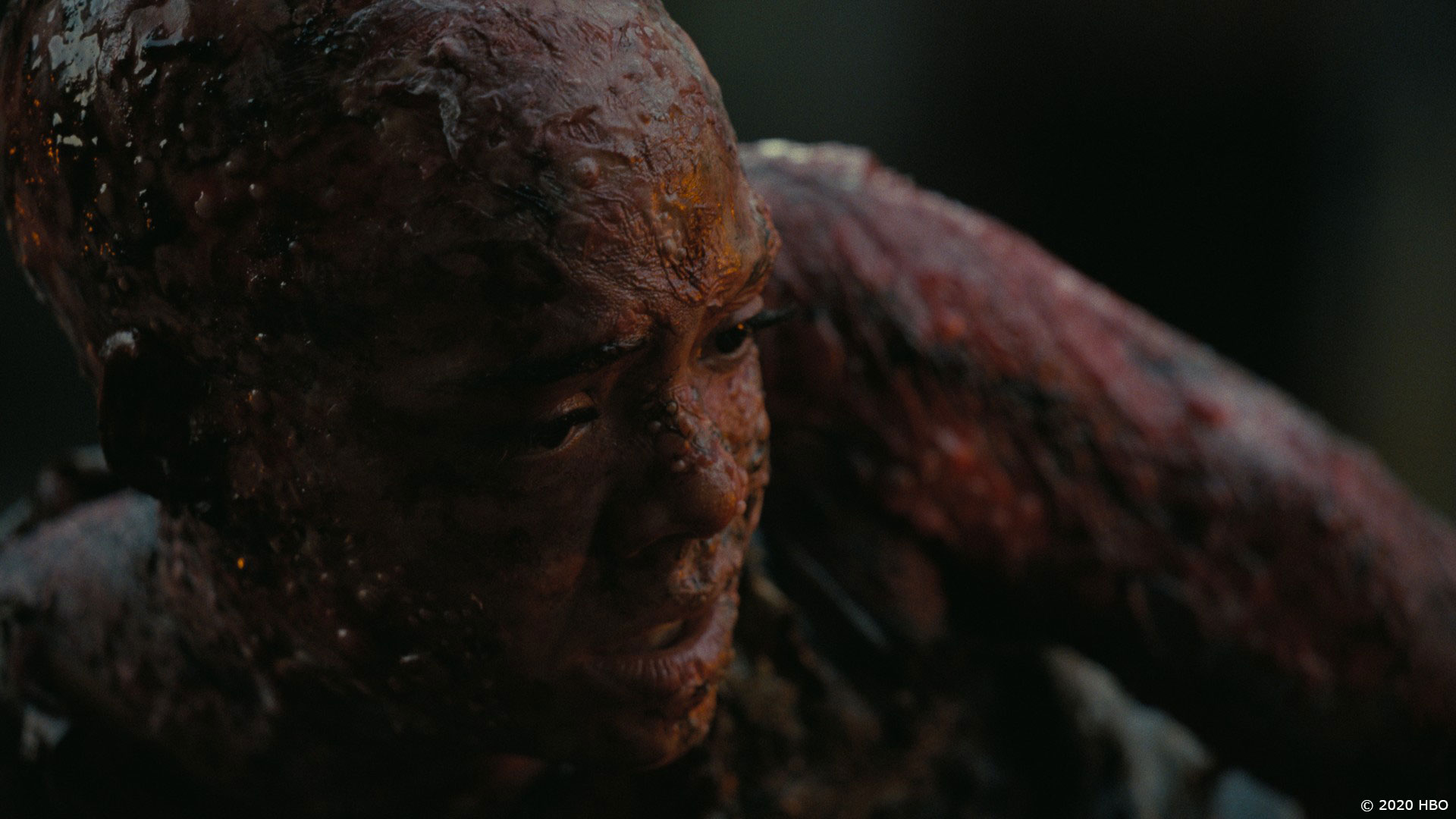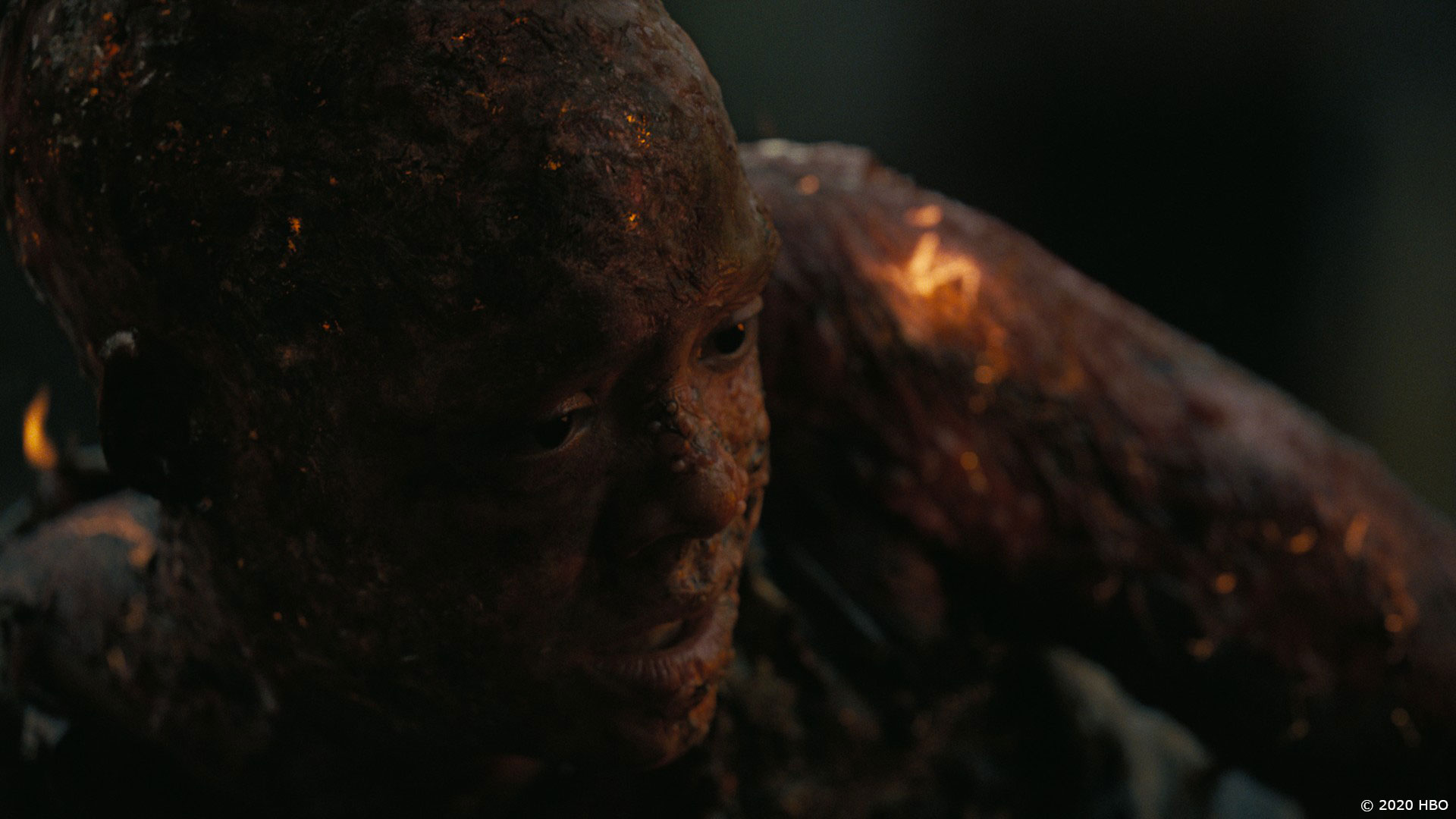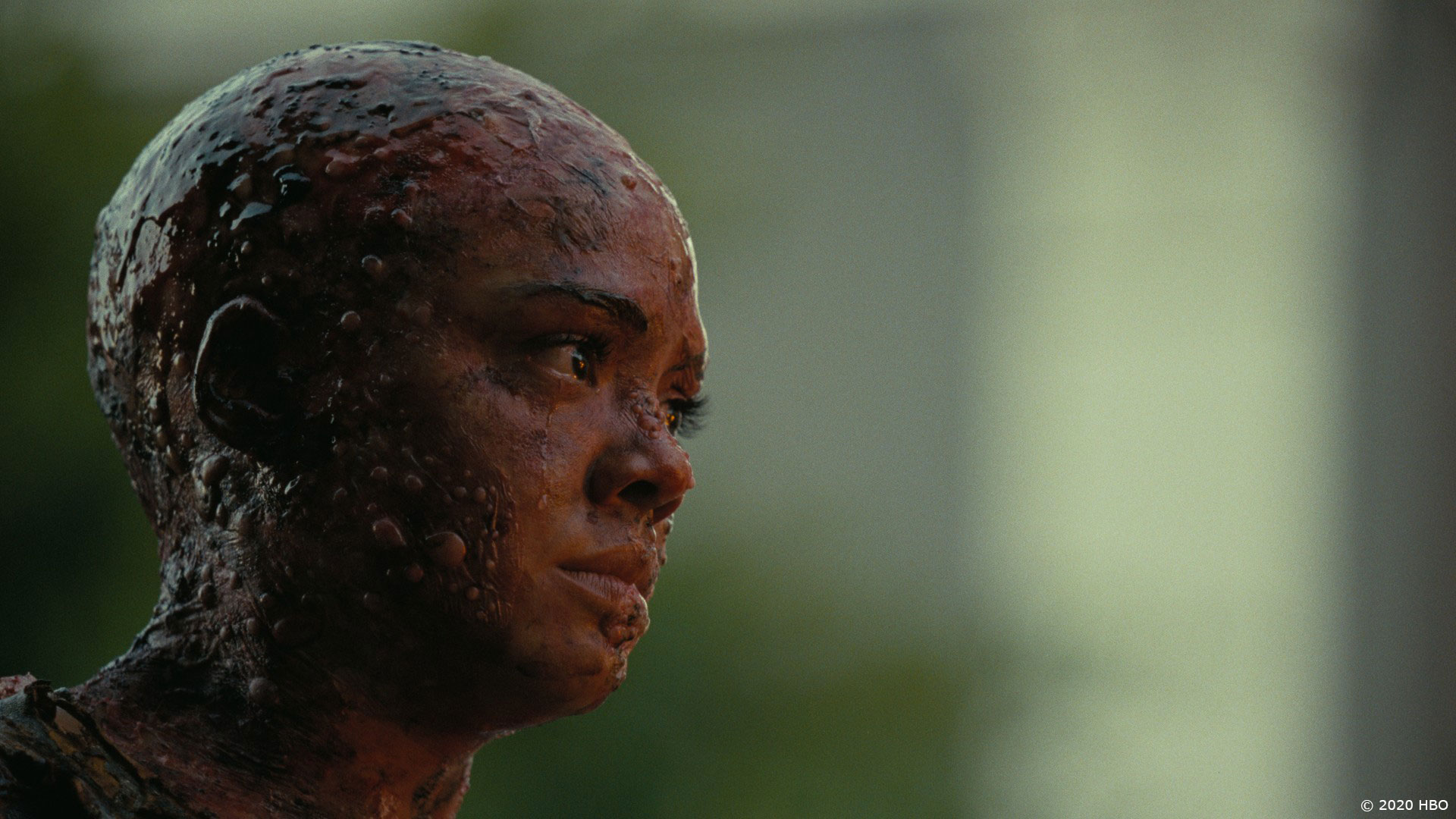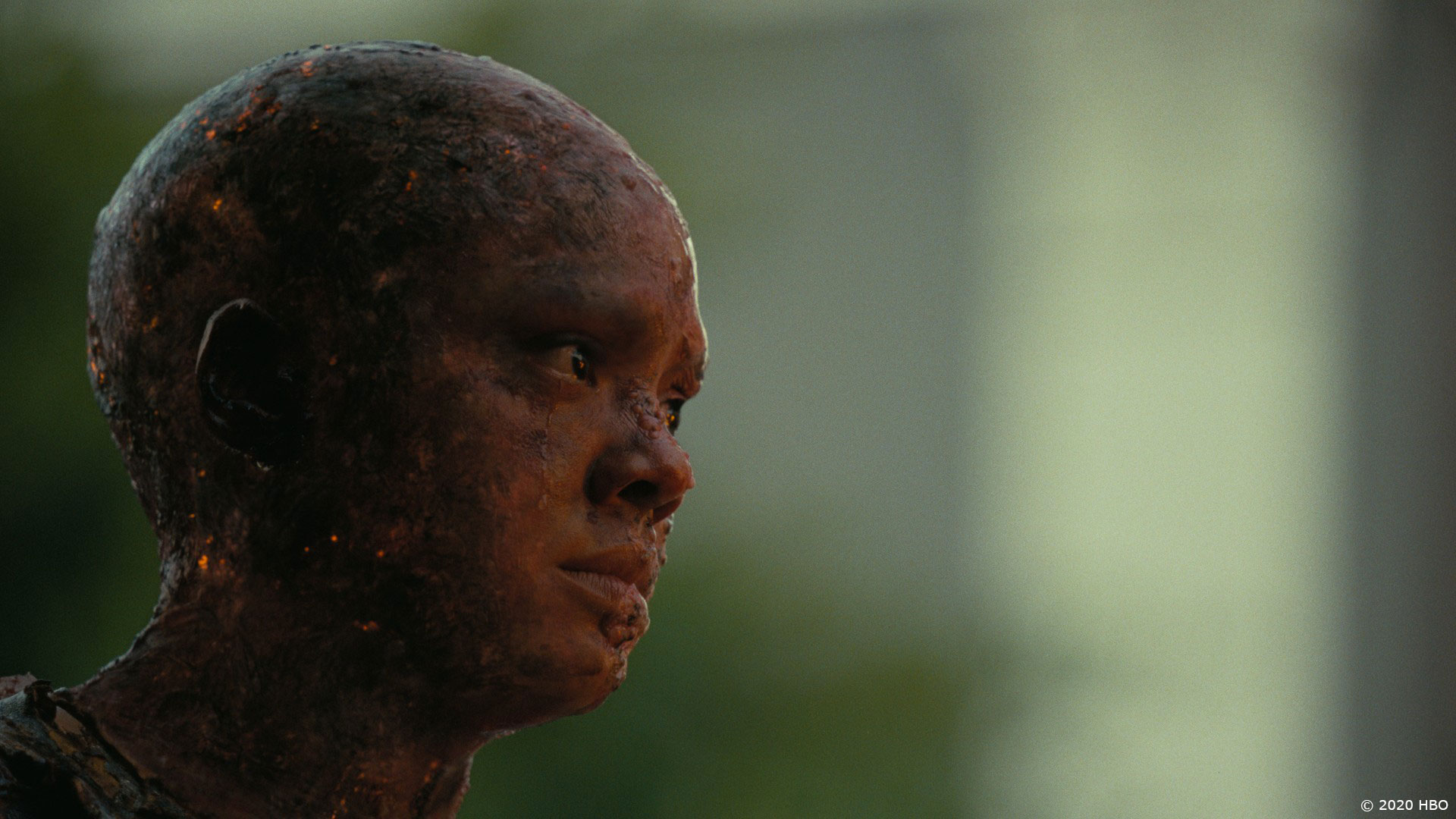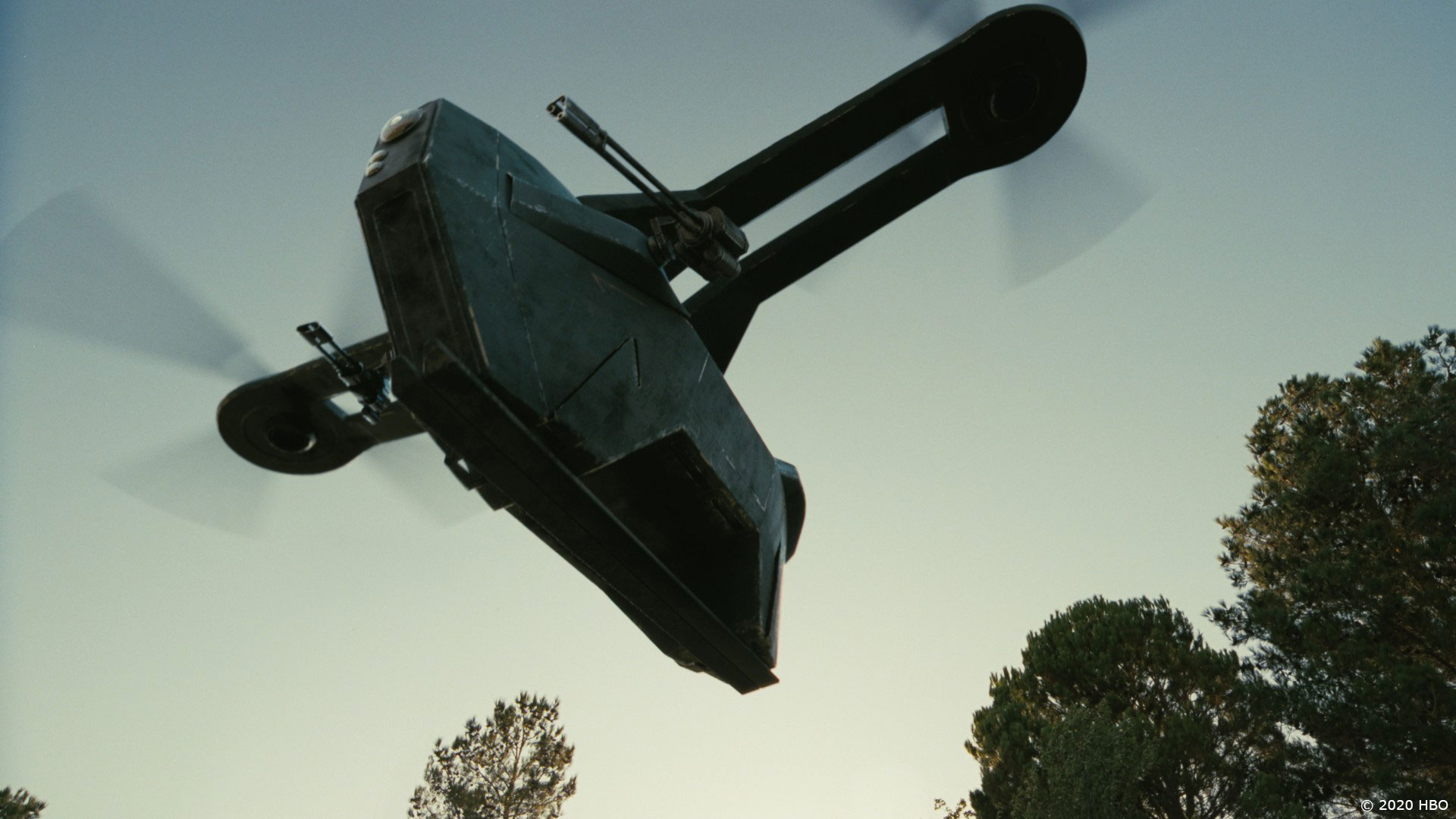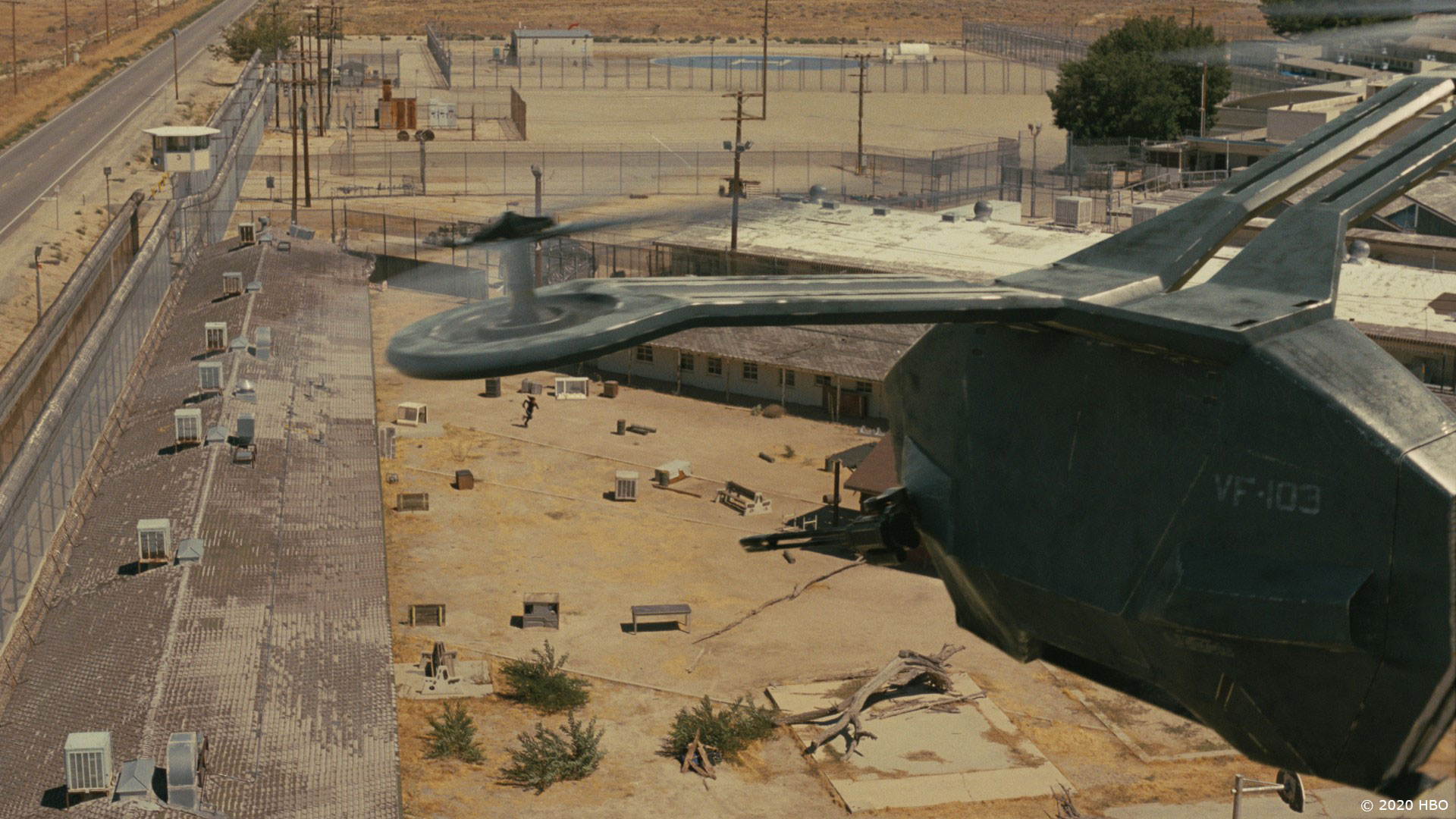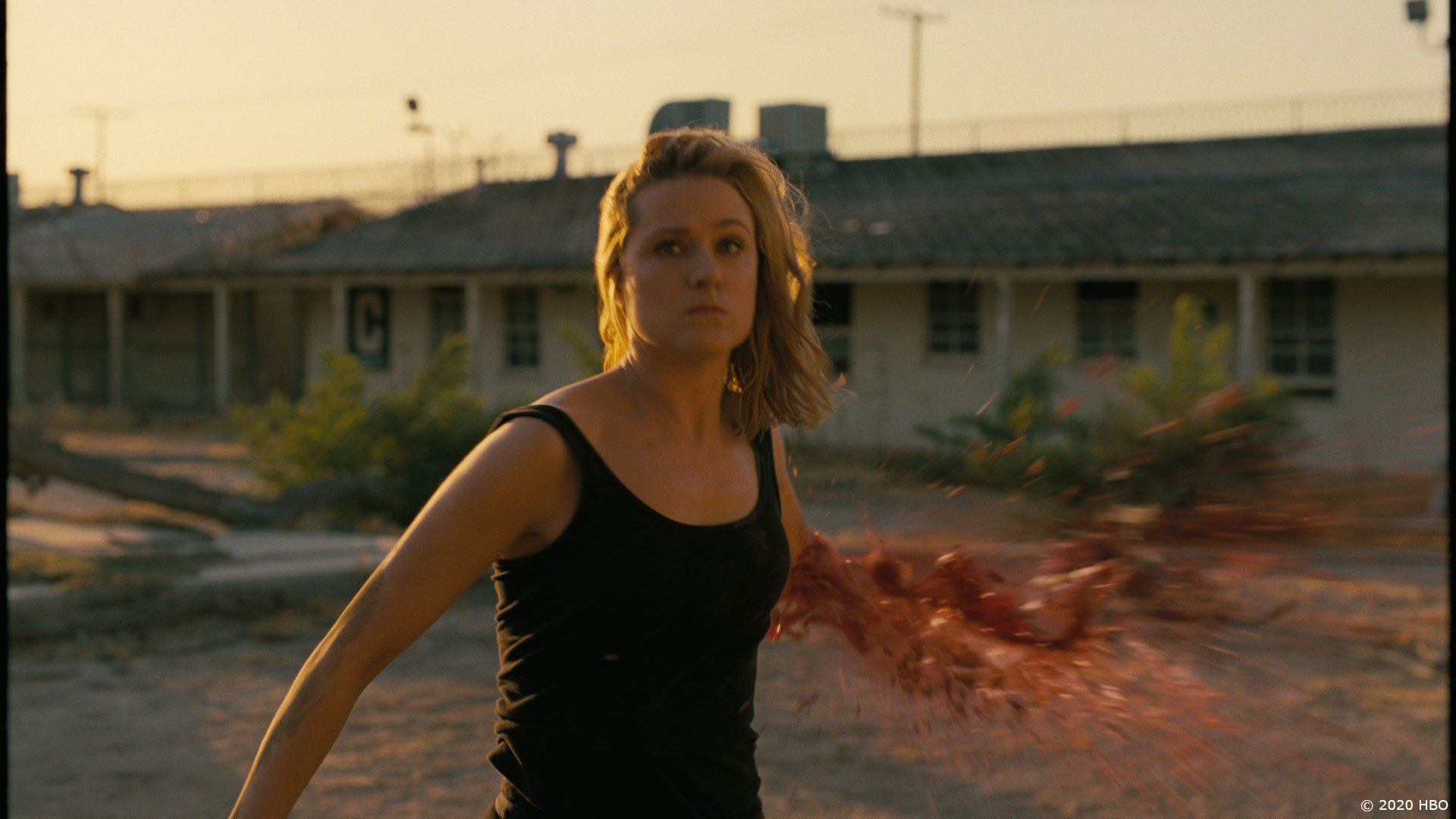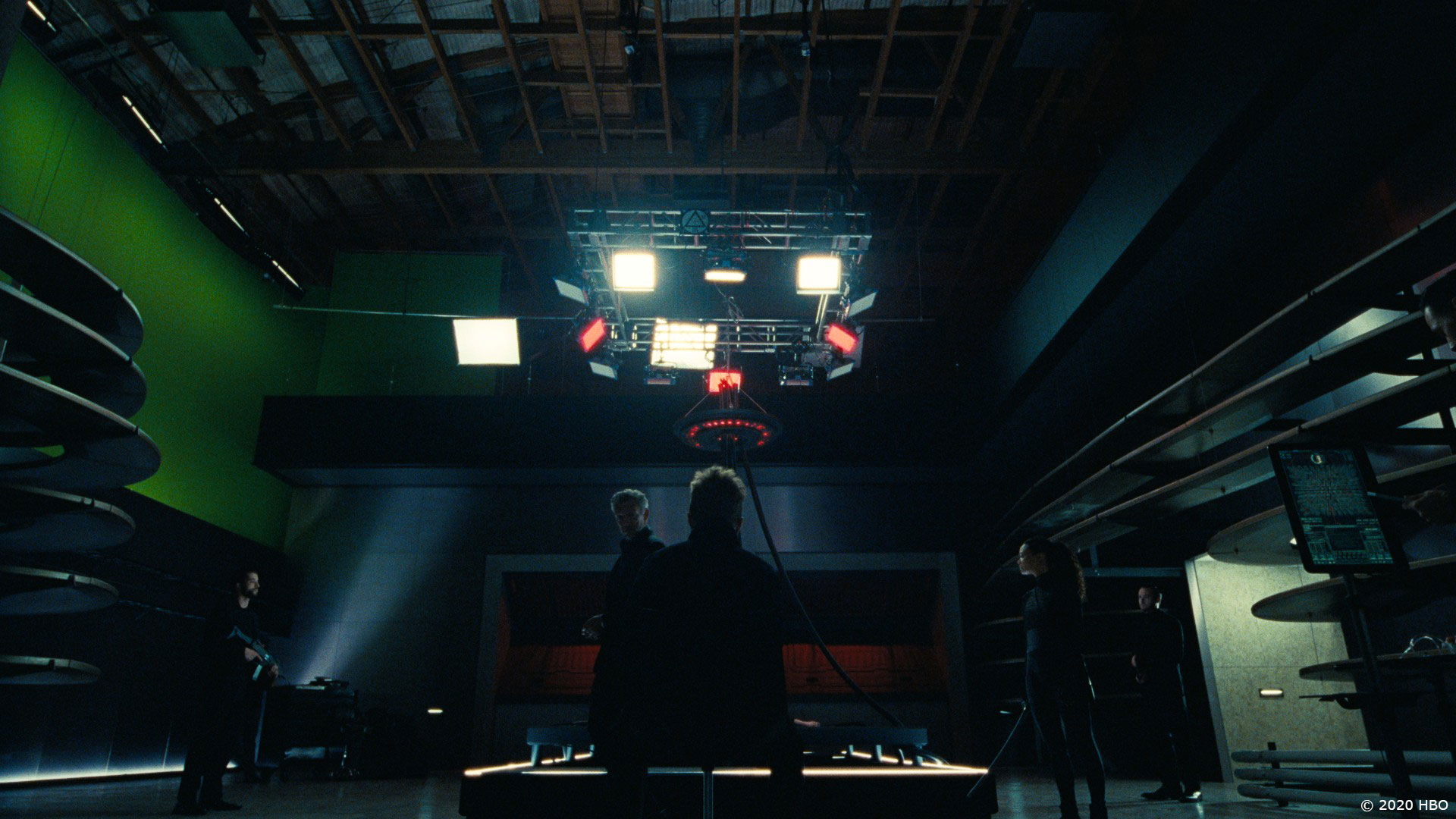In 2018, Jonathan Weber explained the work of RISE on BLACK PANTHER. He then worked on films such as DUMBO, SHAZAM!, AVENGERS: ENDGAME and FAST & FURIOUS PRESENTS: HOBBS & SHAW.
How did you and RISE get involved on this show?
Our Executive Producer Florian Gellinger came up to me thrilled to bits telling me we would have the option to work on a few shots for HBO´s WESTWORLD Season Three. We are all huge fans of the show so I happily jumped on board.
How was the collaboration with the showrunner, the directors and VFX Supervisor Jay Worth?
At the time RISE came on board the directors and Jay Worth were already knee-deep in the delivery phase for the first episodes of the seasons. We only had a few short cineSyncs were Jay precisely explained his ideas for the shots we were working on. It was awesome to work with such an experienced Supervisor who knows exactly what he wants and what information the vendor needs to fulfill their tasks.
What was their expectations and approach about the visual effects?
The client’s expectations were of course pretty high, as you can imagine from a HBO series, and this is what we love! There is no difference to high-end quality feature films productions. The level of quality, the planning and the information gathered on set for the VFX work was brilliant. Showrunner Jonathan Nolan’s premise was to always keep as much as possible from the source material to keep the VFX grounded in the real world.
For some sequences, e.g. the shootout sequences, there was already a very well designed look for muzzle flashes, blood squibs and ground hits matching the seasons look, which made working on these reasonably straight forward.
How did you organize the work with your VFX Producer?
Suncica Predojevic was our VFX producer on the show. She was doing the resource scheduling, took care of the financial aspects and the bidding numbers which gave me the freedom to roam around creatively.
How was split the work amongst the RISE offices?
The vast majority of the work was done in the RISE Berlin office.
Only a few several matchmove tasks were done in Cologne and some additional editing assistance was executed in Munich.
Can you elaborates about the burned Hale?
Our first sequence was burned Hale crawling out of a flipped, burning car wreck. The make-up used on set was exceptional, but also quite extreme and fairly hideous. It was decided later on that this should be an empowering moment for this character, as if she emerges from the fire stronger and in a strange, but also beautiful way. So we started with layouts of different looks for her burned skin, going for a complete CG makeup approach in the end.
Our comp supervisor Roy Hoes came up with the idea to use FaceTracker from KeenTools. This gave us the possibility to keep most of the work inside nuke which led to faster turnarounds than you would have with 3D renders. It’s a fantastic tool, check it out.
How did you create and animate the fire FX on her?
We had three different elements for burned Hale. The inner fire and the burned coal skin layer which were both done in comp. The actual flames on her skin were FX sims from Houdini. For some of the shots we used a smartvector tracked emitter from comp projected back onto her geo in Houdini to be able to stick the emitting areas perfectly to her moving skin and clothes.
What was the main challenge with this sequence?
Its not easy to show a human-like character being actually strong and powerful will being on fire, but after fair amount of iterations we found the desired look.
Can you explain in detail about the design and creation of the quadcopter?
For the design there was already an approved concepts from production, so the creation was pretty straight forward. Rough blocking, technical animation approvals and detailed modeling and texture/shading. Every step was going through the approval from production.
Can you tell us more about the shaders and textures creation?
The difficulties for the asset shading was the fact that we see the see the quadcopter from extremely close up and far distance and we needed to maintain a good looking surface. So we came up with a mixture of traditional and procedural texturing, using the last to enhance finer details such as scratches and dirty pieces over the close ups. Finally, we tailored in some HDRI bubbles to achieve a nice match with the shots.
How did you rig it and animate it during the fight?
We already had a functional helicopter rig that was easily transferable to the quadcopter’s rig. The heftier challenge for us was the animation. Getting a good feel for the heavy weight of the helicopter while doing the fast paced action motion required was knotty.
During this fight, Dolores got her left arm rip off. Can you elaborates about it?
At the end of the sequence the quadcopter shoots Dolores arm off from behind, resulting in a pretty gory shot with lots of blood and splatter. The event comes as a surprise, so it is critical that the audience is able to read the action on screen, but still feels the cruel power of the impact ripping off her arm. After the timing was decided on, the rest of the disintegration of her arm went rather smooth. The appealing light on set and her acting went very well with the CG elements added.
Can you tell us more about the FX work?
We had a luxurious amount of different FX elements rendered for these shots. We broke it down into blood, blood spray, blood mist, bigger droplets, meat pieces and some bigger chunks, for some of them multiple passes. In addition to these some blood splatter plates were used to blend them all seamlessly together.
The final confrontation happens in the basement with Rehoboam. How did you create this giant sphere and its environment?
For the basement set extension we used a Nuke 3D projection based on matte-painting elements from the great looking set pieces to fill up the empty spaces. The design is supposed to hold back and not compete with the rehoboam in the center of the frame.
CoSA VFX had already worked on some rehoboam shots in the first few episodes, so we had a very good starting point on how the rehoboam should look and feel. After the asset was ingested into our pipeline, it was painless to get to the finalizing stage for these shots.
Can you tell us more about his internal lights animations?
The internal lights animation of the rehoboam consists of several layers of small geometric lights. We rendered a variety of light and mask passes and multiplied them together in comp to be able to swiftly get to the desired look.
Which sequence or shot was the most challenging?
We spend the biggest portion of our time on the show on Hale’s burning sequence. Most of the shots in the sequence are very long, 200 and more frames. Truly close up on her face. Even if the look is approved there is still lots of space for glitches and errors, but I’m pretty sure we found them all in the end!
What is your best memory on this show?
Dolores arm being ripped off definitely made an impression on every employee in the office passing by the monitors. Hearing their reaction was definitely enjoyable.
How long have you worked on this show?
From the first layout to the final delivery were around four months.
What’s the VFX shots count?
187 shots in total.
What was the size of your team?
Up to a maximum of around 40 people at the peak of the project.
What is your next project?
I’m working on LOVECRAFT COUNTRY from HBO right now.
A big thanks for your time.
WESTWORLD SEASON 3 – VFX BREAKDOWN – RISE
WANT TO KNOW MORE?
RISE: Dedicated page about WESTWORLD – SEASON 3 on RISE website.
© Vincent Frei – The Art of VFX – 2020


